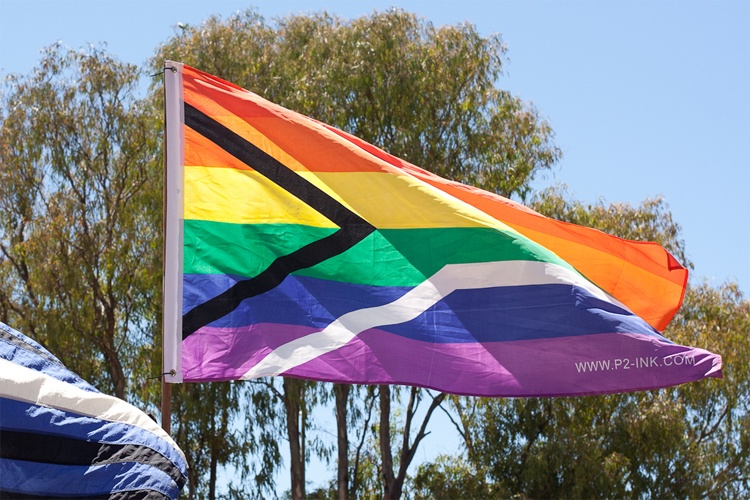Emma Chadband, Communications Officer, FP2020
Although data is limited, a recent study in the U.S. indicates sexual minority women experience the same or higher rates of unintended pregnancy as heterosexual women, and have equally high rates of unmet need for contraception. Yet LGBTI people are often left out of or missed by family planning programs for a range of reasons – laws that criminalize homosexuality, hostile service environments, ignorance, and stigma. The needs are real, yet we have a long way to go to fully understand and meet the reproductive health care and contraceptive needs of LGBTI people around the world.
As the FP2020 partnership shapes its vision for beyond 2020, reaching populations that haven’t yet been meaningfully represented – not just LGBTI individuals, but people with disabilities and others – is of utmost importance. One of the guiding pillars of the Beyond 2020 Vision is placing equity at the core: supporting high-quality, client-centered family planning programming that recognizes the unique needs of all individuals, especially in underserved or marginalized populations.
To that end, FP2020 has launched an internal working group focusing on LGBTI family planning needs and opportunities. We’ve started by reaching out to global family planning partners already engaged in this work to understand the progress that has been made to date and how the Secretariat can support the work moving forward. Several key needs and opportunities have come to light.
-
Visibility in the global family planning agenda: As our community works toward meeting the unmet need for family planning worldwide, we cannot always assume we’re discussing heterosexual couples. Ensuring LGBTI needs are seen and understood are critical steps to ensuring accessible and effective programs. You must first be seen to be understood, and safely raising visibility of LGBTI populations is a long-term goal.
-
Data: There’s limited data on the family planning needs of LGBTI populations, and it can be difficult to collect data without putting people and communities at risk. We’ll be working with organizations like the World Health Organization and the UN Independent Expert on Sexual Orientation and Gender Identity to better understand the conditions for and opportunities to advance data and evidence going forward.
-
Siloed funding streams: We’ve made some progress, but integration of FP and HIV programs, especially within primary health care programs and facilities, is still unrealized in many settings. The contraceptive needs of LGBTI populations can be integrated into existing funding streams, and should be part of holistic UHC country frameworks or HIV and GFF funding streams, for example.
-
Language and vocabulary: Following the lead of the UN Free and Equal Campaign we will be using the term LGBTI in our work. We will continue to stay engaged in best practices around language and vocabulary, and incorporate them into our communications going forward.
As we head to 2020 and beyond, FP2020 remains committed to serving the needs of the “hardest to reach.” Since 2017, FP2020’s mandate has been to leave no one behind. As we build momentum into the next decade, carrying the family planning torch from the original ICPD in Cairo to ICPD+25 in Nairobi, we are reminded that no population is “too hard to reach.” No population’s contraceptive needs are beyond the scope of this movement. No matter your gender, your age, your ability, your orientation – we all deserve the right to decide if, whether, or when, to have a child.
